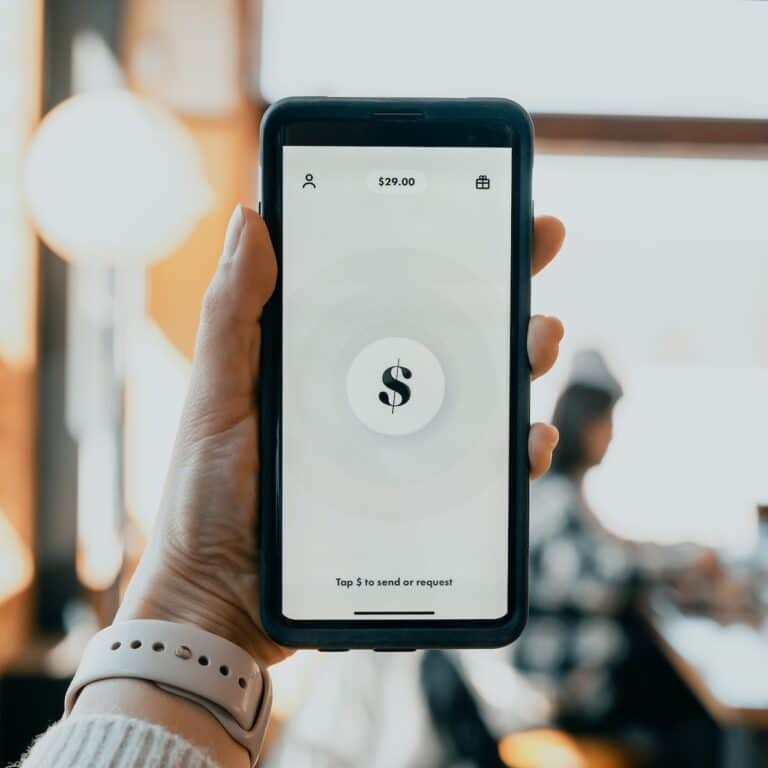Understanding Reverse Mortgages for Seniors
Seniors with equity in their homes who intend to stay there and want to supplement their income are turning to reverse mortgages. They are gaining popularity when the price of groceries, gas, and other goods rises due to inflation.
According to a recent report, roughly 480,000 reverse mortgages are currently outstanding in the U.S., which will grow as baby boomers age. Almost 30% of seniors 65 and older struggle with their financial obligations, a 7% jump from a year earlier.
A long line of celebrity spokespeople, most recently award-winning actor Tom Selleck, espouse the advantages of reverse mortgages for older homeowners in their retirement years. Reverse mortgages have several benefits; primarily, you can stay in your own home. This style of loan provides liquidity that doesn't require you to pay taxes while helping you manage your costs during retirement. The homeowner can repay the loan once they move out or pass away, though the liability shifts to the heirs.
However, reverse mortgages are complicated, risky, and often used by scammers to fleece people in their golden years out of significant amounts of money and even their homes. Let's dive into how a reverse mortgage works and its alternatives.
What Is a Reverse Mortgage?
Like a conventional mortgage, homeowners age 62 or older, such as those who reported facing financial hardship, may use a reverse mortgage to borrow money against the equity in a fully (or mostly) paid home and maintain the property title in their name. However, there are differences between reverse and conventional mortgages. Conventional mortgage balances decrease while reverse mortgages rise over time, and certain one-time costs may be rolled into the loan's balance.
Those with a reverse mortgage may receive proceeds as a lump sum, line of credit, or a fixed monthly payment. While loans may be paid down over a series of monthly payments, homeowners with a reverse mortgage are not required to make loan payments during their lifetime. Their debt may pass on to their heirs, who decide whether to sell the property or assume the loan.
While lenders of reverse mortgages may offer fixed loans, most are variable loans, meaning you could encounter higher interest rates, which are added to the loan. The contract allows the person to remain living in the home.
The Home Equity Conversion Mortgage
A Home Equity Conversion Mortgage (HECM) is the only reverse mortgage insured by the U.S. Federal Government and is only available through a Federal Housing Administration (FHA)-approved lender. FHA insurance guarantees borrowers have future access to loan funds even if the loan balance exceeds the home's value or the lender experiences financial difficulty. Lenders are guaranteed to be repaid in full from the property sale. Prospective borrowers taking out a HECM loan must receive counseling from a HUD-approved reverse mortgage housing agency before accepting the loan.
The HECM is the FHA's reverse mortgage program that lets you withdraw a portion of your home's equity for home maintenance, repairs, or general living expenses. HECM borrowers may reside in their homes indefinitely if property taxes and homeowner's insurance are kept current.
How much a borrower may withdraw depends on the following factors:
- The borrower's or spouse's age
- Current interest rate levels
- The lesser amount between the sales price or appraised value or the HECM FHA mortgage limit
Costs of a Reverse Mortgage
Be aware there are closing costs for a reverse mortgage, which you can pay upfront or defer by permitting homeowners to roll the costs into the loan, so you don't have to shell out the money upfront. However, those costs will reduce the amount of funds available to you.
Some of the amounts may be waivable or negotiable. Here's a breakdown of HECM fees, according to HUD:
- Mortgage insurance premiums (MIP)
- Origination fee
- Servicing fees – Lenders may charge a monthly fee so long as it doesn't exceed $30-$35, depending if it is a fixed or variable rate.
- Third-party fees – Third parties may charge for appraisal, home inspection, credit checks, title searches, or recording fees.
Typically, the age of the youngest borrower determines the amount you can borrow if there is more than one borrower.
You can also use a HECM to purchase a primary residence if you can use cash on hand to pay the difference between the HECM proceeds and the sales price plus closing costs for the property you purchase.
Essentially, the borrower trades their equity in the home in return for either a fixed monthly income or a line of credit that can be drawn upon at the homeowner's option. The most likely prospects for such loans are seniors who have paid off their mortgages but are strapped for income. The mortgage can be paid back once the last surviving owner sells the house, moves out permanently, or dies.
A Home Equity Conversion Mortgage (HECM), the most common type of reverse mortgage, is a particular type of home loan only for homeowners who are 62 and older. One of the potential downsides of the government-insured HECM is the maximum reverse mortgage limit you can borrow against is $1,089,300 as of January 2023, even if your home appraisal is at a higher value.
HECM Alternatives
There are two non-FHA-insured alternatives to the HECM. Besides being insured by FHA, the HECM mortgages give you more significant loan advances at a lower cost than private loans, and they provide a grace period of twelve consecutive months that the borrower can stay in a nursing home or medical facility before having to repay the loan.
The least common reverse mortgages are the single-purpose reverse mortgages offered by state and local governments and not-for-profit organizations. The other alternative is proprietary reverse mortgage loans from the private sector, sometimes called “jumbo” reverse mortgages for seniors with home values worth up to $4 million, more than the government's lending limit. However, the qualifications are more rigid, and the interest rates are likely above the HECM rates.
Financing Alternatives To Reverse Mortgages
Instead of a reverse mortgage, homeowners can consider the more popular home equity loans or home equity lines of credit (HELOC). Homeowners may borrow against the value of their homes as long as they have at least 20% of the equity in their homes. These alternatives are not age-limited. Your home equity loan is based on a fixed rate and is received as one lump sum payment. They can draw on their line of credit from the HELOC and pay interest, usually a variable rate, only on what they withdraw.
How a Reverse Mortgage Compares to a Traditional Mortgage
Homeowners can borrow money using their home as security for the loan using reverse and traditional mortgages, and the title to the home remains in the homeowner's name.
However, borrowers of a reverse mortgage loan don't have to make monthly mortgage payments, including fees that may be rolled into the loan balance. Their responsibility for the loan occurs when they no longer live in the home or if they pass away, and then the liability goes to the heirs. With a reverse mortgage loan, homeowners must use their property as a prime residence, be responsible for homeowner insurance, property taxes, and homeowners insurance payments, and maintain their home. Failure of these requirements may cause the loan to become delinquent and potentially foreclosed.
The interest rates, primarily variable for reverse mortgages, are typically set higher than conventional mortgages, which are close to 8% currently, which can also add to your loan balances. Interest rates vary depending on homeowners' credit scores and lenders. Carrying a high credit card balance may be a red flag for lenders.
How the Loan Gets Paid Back
A reverse mortgage doesn't mean you are getting free money. Eventually, the loan, plus any expenses rolled into its balance, must be repaid by either the homeowners or their heirs. Unlike a traditional loan, the amount owed by homeowner increases over time while their home equity decreases.
According to the Consumer Finance Protection Bureau, homeowners have three days to cancel their reverse mortgage. As financial pressures on seniors have increased with surging consumer debt, reverse mortgages are growing, and so are the opportunities for scam artists to take advantage of seniors. These loans are complex and expensive and drain equity from the property, leaving seniors with few options later in life.
Seniors and Reverse Mortgages
Although reverse mortgages provide liquidity in your golden years, these mortgages may limit your options. Typically, a reverse mortgage must be paid back when you die from your estate or move from the home. As your debt increases, the equity declines and may get used up, eliminating a vital asset for you and your future heirs. You may be unable to move to a smaller home, relocate closer to family, or go to an assisted living facility.
This article originally appeared on Wealth of Geeks.
The cents of money is about financial education, here to teach and inspire you about money, seek new ideas, and to create greater comfort in your world about one of life’s great stresses. Linda wants to use her financial skills honed by her professional experience to help others.







